June 9, 2015 Top 10 Home DIY Safety Tips
Nothing is more important than keeping yourself well and safe while working on DIY projects around your home. You may already know some of these safety tips. But whether you are a newbie DIYer or a veteran of doing your own home projects, it never hurts to review some basic safety rules:
1. Avoid Working if you are Tired or Sleepy Maybe you really want to get this job done. And you would never work on it if you were impaired by alcohol or medication. But did you know that being overtired or sleepy can also slow down your reaction time by half? We think that is reason enough to save the job for another day, when you are refreshed and alert.
2. Always Dress Correctly for the Job at Hand Sure, it may be tempting to mow the lawn in flip-flops when it’s 90 degrees out, but why take the chance of injury? It only takes a few minutes to put on closed-toe shoes, remove dangling jewelry, and tie back long hair.
All electricians know that you should always wear a natural-fiber shirt (as opposed to synthetics such as polyester) when working around electricity, and you should do the same. Wear long pants if you are going to working in an area around large power tools that get very hot. Just follow the rules of common sense, and you can prevent injuries.
 3. Always Use Clamps to Hold Wood Never hold wood with your hands when you are working with power tools. Protect your hands! Invest in a good variety of clamps (they’re not terribly expensive, when you consider how much you may be using them), and you will always have the right one at the ready.
3. Always Use Clamps to Hold Wood Never hold wood with your hands when you are working with power tools. Protect your hands! Invest in a good variety of clamps (they’re not terribly expensive, when you consider how much you may be using them), and you will always have the right one at the ready.
4. Be Sure to Ventilate When Painting Most people would consider painting to be among the safer of the DIY projects. Just don’t forget to ventilate the room. Open windows and use fans. If you are working in a closet or area that is difficult to ventilate, consider wearing a respirator and working in shorter intervals.
5. Keep a First Aid Kit at the Ready You will want to have a basic first aid kit in any area where you are going to be working, including your car, garage, workshop, kitchen, outdoor shed, etc.
It’s also a good idea to make sure others in the house know that they are around. You would be surprised how often a first aid kit comes in handy, even beyond doing DIY projects. You might have a kid that needs a bandaid for a scraped knee, and wants to take care of it themselves and keep playing, or another adult in the house that cuts themself with a kitchen knife.
6. Use Personal Protective Gear We all know that we need to wear safety glasses, hearing protection, gloves, and sometimes a respirator as well. But in our experience, the number one factor that prompts people to actually use protective gear is having it readily available and on hand when they need it. Like the clamps mentioned above, this equipment isn’t terribly expensive, so invest in a box of disposable ear plugs, a few pairs of safety glasses, etc. Then keep them in areas where you plan to be working.
7. Read the Instruction Manual! We can’t emphasize this one enough. When you are learning to use new equipment, you may watch a video on youtube, or ask a veteran DIY-er a question. And this is fine. But the truth is that not all tools and equipment are made the same. Features can vary greatly, depending upon the brand and model. So before you flip the switch on that wonderful new cordless drill, make sure you understand how your model works. It could be the difference between having a safe experience using the drill, or having an accident.
8. Be Careful Around Heights Use proper ladders for every job. Who among us hasn’t been tempted to jump on a chair to change an overhead light bulb? Resist the temptation, and use a step ladder.
When using extension ladders, be sure that you place them at an angle where the distance from the wall to the base of the ladder is one quarter of the height of the ladder (where the top rests against the wall). For example, the base of the ladder should be 1 foot from the wall if the top of the ladder is resting on the wall 4 feet up from the ground.
9. Pay Attention to Your Surroundings Be sure that children and pets are away from the working area when you are using power tools. It isn’t just that they can get underfoot, but also that they can distract you from the project at hand, inadvertently causing an accident. Always unplug tools before making adjustments, such as changing out a saw blade. Try to keep the work area free of tripping hazards, such as multiple extension cords plugged together.
10. Keep Safety First This is really the number 1 rule, or in this case, the number 10 rule! People say “keep safety first” a lot, but what does it really mean? What we feel it means, in essence, is that no job or DIY project is more important than your own safety and well-being. It can wait until you run to the store and get that respirator, or figure out how to properly position your ladder. Always put safety first, and you will be ready and able to enjoy many DIY projects for years to come.
You Can Do This!
by See Jane Drill, Copyright 2015, All Rights Reserved

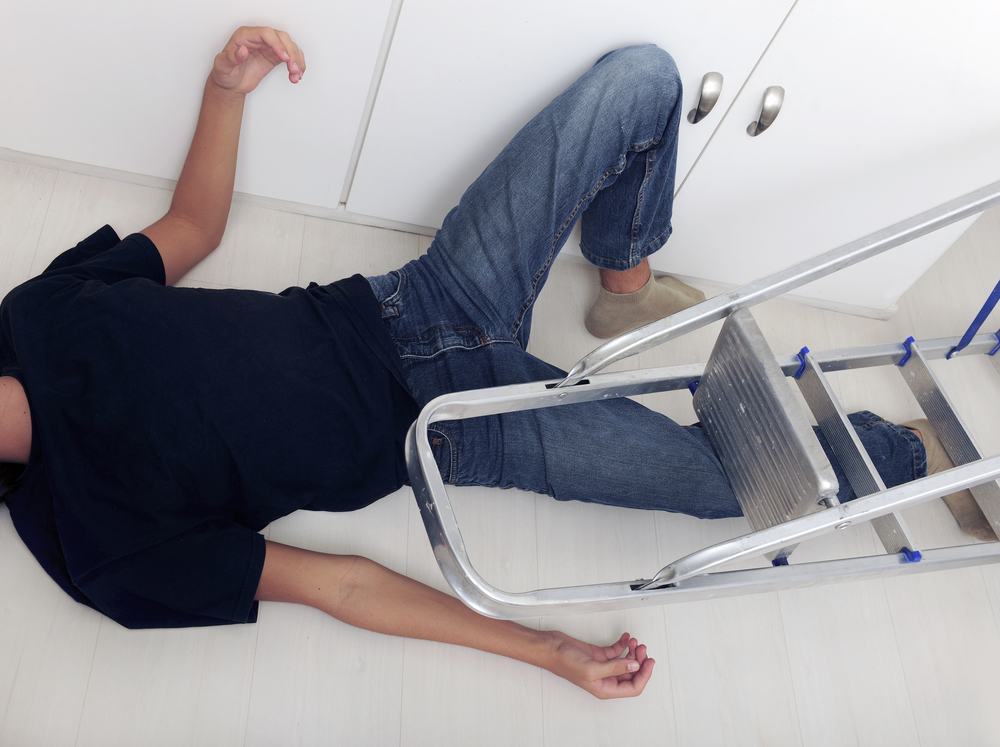
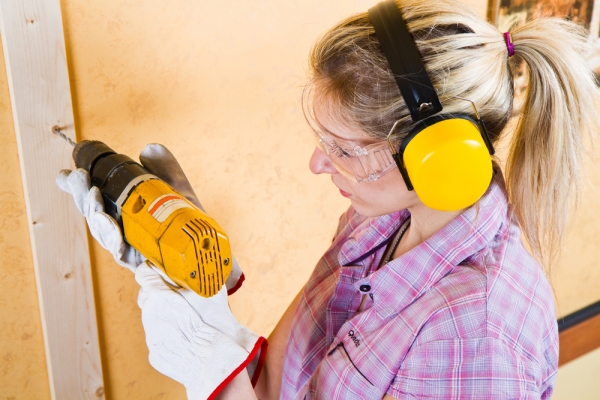
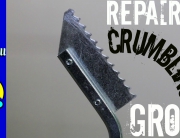
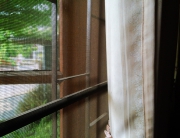
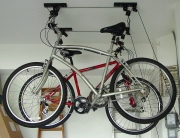


Leave A Comment